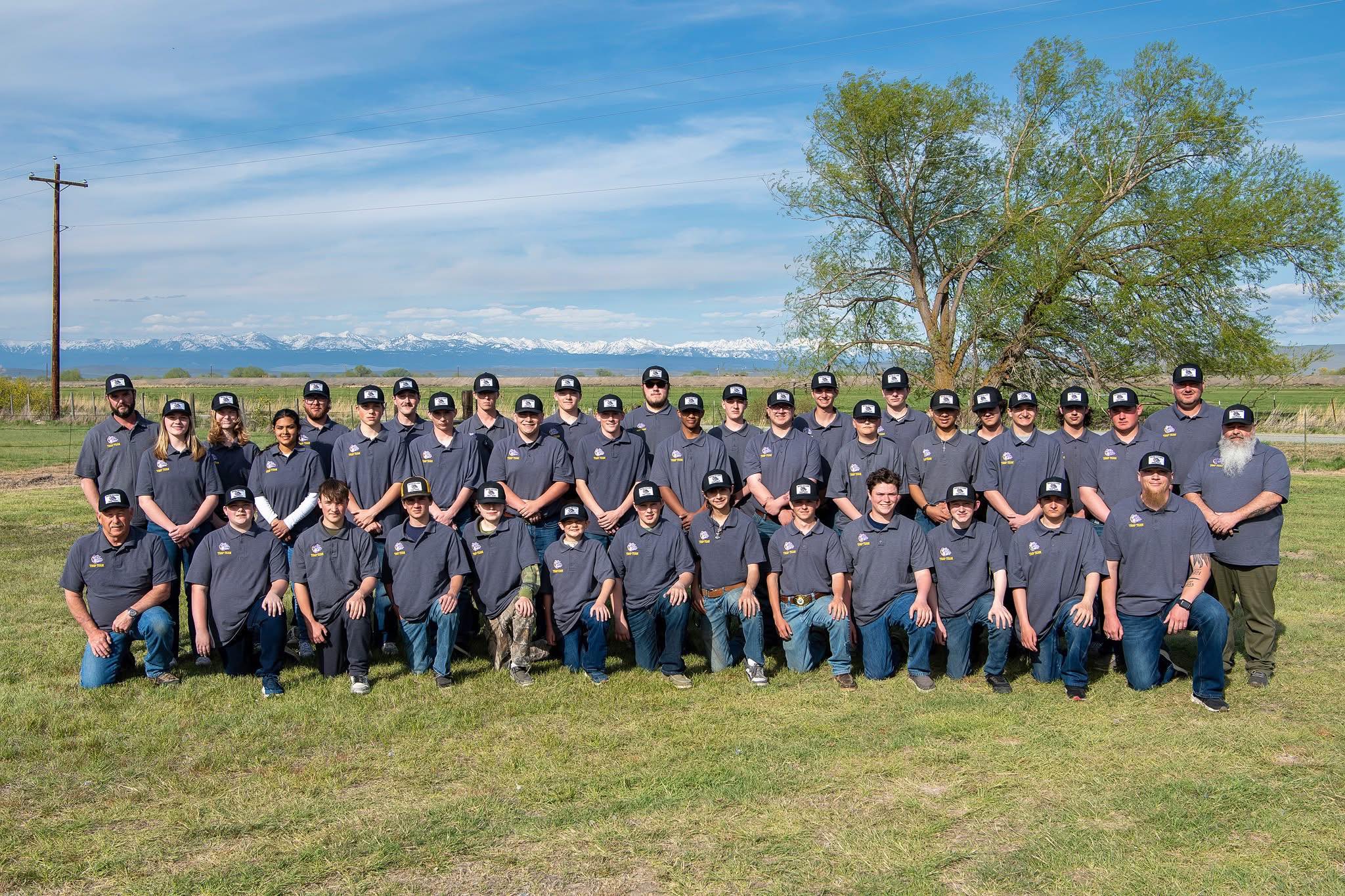Necktie parties: No one wanted to be the guest of honor
Published 1:21 pm Wednesday, October 8, 2008
HAINES – 19th century necktie parties were among the best-attended events in Oregon frontier history.
One, held in Albany, drew an estimated 3,000 spectators.
“Necktie” here doesn’t refer to the type of clothing men were supposed
to wear to the party. Instead, it defined the party itself.
Oakland author Diane Goeres-Gardner spent five years researching her
first book, “Necktie Parties: Legal Executions in Oregon 1851-1905.”
She spoke at the Haines Library Saturday as part of the Oregon
Chautauqua program.
“Their understanding of the world was very different than ours,” she
said of frontier Oregonians. “We’re not here to judge what happened.
“But whether it’s 1870 or 2008, we as a society struggle with the issue of capital punishment. Whether we approve of it or not, it’s something we need to keep talking about.”
In the early days of frontier capital punishment, just about everybody attended necktie parties, including women and children. One 10-year-old girl wrote in her diary that her foster parents made her attend one “to impress on me what happens to people when they don’t listen to their elders.”
The girl, who’d earlier witnessed the murder of her previous foster parents, missionaries Marcus and Narcissa Whitman, was traumatized for years after witnessing the hanging.
“It was as big a crowd as a circus would have brought out, only they were quieter,” she wrote. After the execution, “I could see him twitch and his tongue hang out and his protruding eyes.”
Eventually the Oregon Legislature “began to realize it wasn’t the best thing for children and women to see,” she said, so in the late 1870s legislators passed a law requiring counties to build a stockade around the gallows. Sheriffs began issuing engraved invitations to upcoming hangings, and the invitations had to be presented at the gate.
In 1903, legislators decided executions should take place at the Oregon State Prison rather than in the various counties, but three more men were executed outside Salem andndash; including Pleasant Armstrong of Haines, who was put to death outside the Baker County Courthouse in January 1904.
The last public execution in Oregon was on July 21, 1905. Norman Williams was hanged in The Dalles for murdering his mother-in-law and his third wife – and he might have murdered many if not all of his other five wives, too. Williams “traveled around a lot,” Goeres-Gardner said, and everywhere he went he purchased life insurance on each spouse. When he spent all the insurance money, he’d simply go find another wife, Goeres-Gardner said – and get rid of the previous spouse.
Authorities never found the bodies of wife number three and her mother, but at trial a Portland chemist used new technology to prove blood found at Williams’ house was human and not animal blood. The chemist was a woman, and another female witness said hair discovered was the same color as that of Williams’ mother-in-law.
“The women finally got him,” Goeres-Gardner said of Williams, Oregon’s first serial killer. “It was the first time in U.S. history someone was convicted without a body, and it set a precedent that is still cited today.”
It also brought public executions to a close in Oregon, so Goeres-Gardner told the crowd one more necktie story – and left it to her audience to decide how things turned out.
In 1860, Phillip George of Corvallis was convicted of murdering his business partner. On the morning of George’s scheduled execution, a man rode into town with news that the governor had granted George a 30-day reprieve to allow his family to visit him before the hanging. The paperwork certifying the reprieve would be arriving in a day or so.
Sheriff Sheldon Fargo was not happy – 2,000 people were in town to witness the execution.
What to do? Fargo elected to let the execution go forward.
On the gallows, George confessed his crime, the large audience was happy and the hangman was about to put the noose around the guilty man’s neck.
At that moment the sheriff “couldn’t stand it anymore and told the story of the man who’d come into town,” Goeres-Gardner said.
The lawman then told the crowd that since he couldn’t decide whether to pull the trap door that day or wait a month to pull it, he’d let them decide.
Goeres-Gardner described the crowd as falling into about three groups: The townspeople of Corvallis, who were making money off the large crowd “and realized they could make money all over again in 30 days”; area farmers, who didn’t want to ignore their crops a month later just to journey back to town for a postponed execution; and a minority group “so happy with statehood the year before who were eager to write to their relatives saying, ‘Come to Oregon. We are a law-abiding state (as this hanging proves) and it is safe here.'”
“Want to know what they did? Read my book,” Goeres-Gardner said with a laugh.
But she was only kidding. She’s helpfully divulged the answer on her Web site, www.necktieparties.com
The townspeople, “full of compassion,” voted to let George spend another month in prison and enjoy his family before reconvening his necktie party.
Goeres-Gardner has a new book due out this winter. It’s titled “Murder, Morality and Madness: Women Criminals in Early Oregon History,” and it’s to be published by Caxton Press in Caldwell, Idaho.





